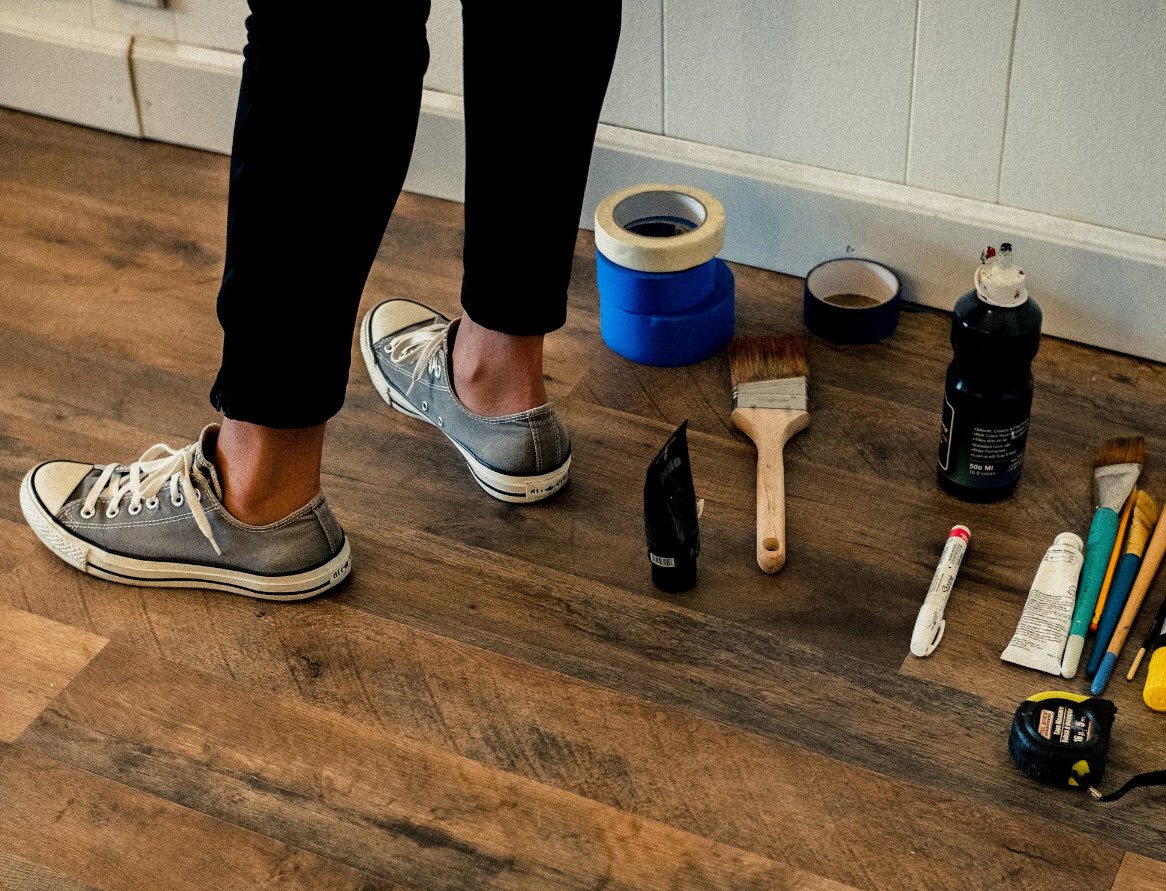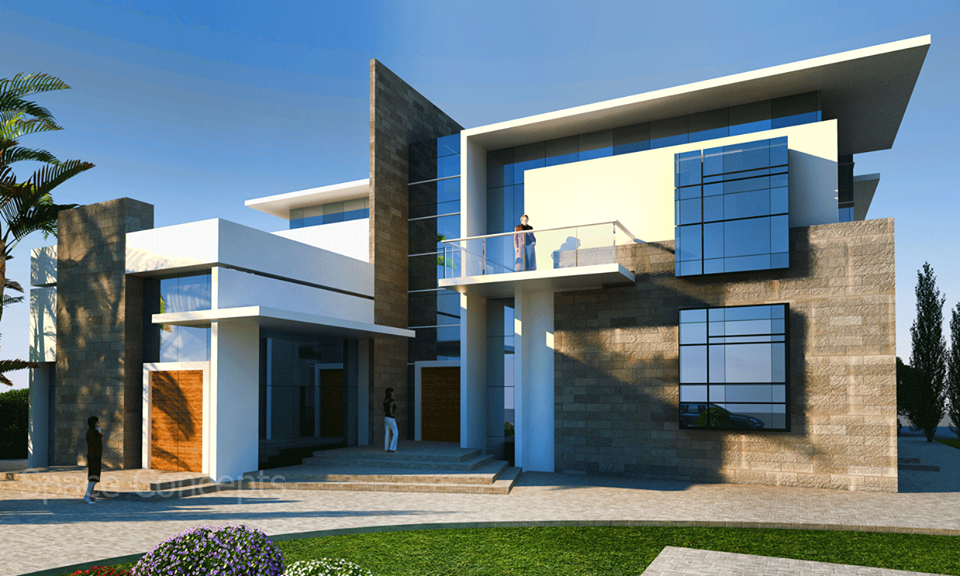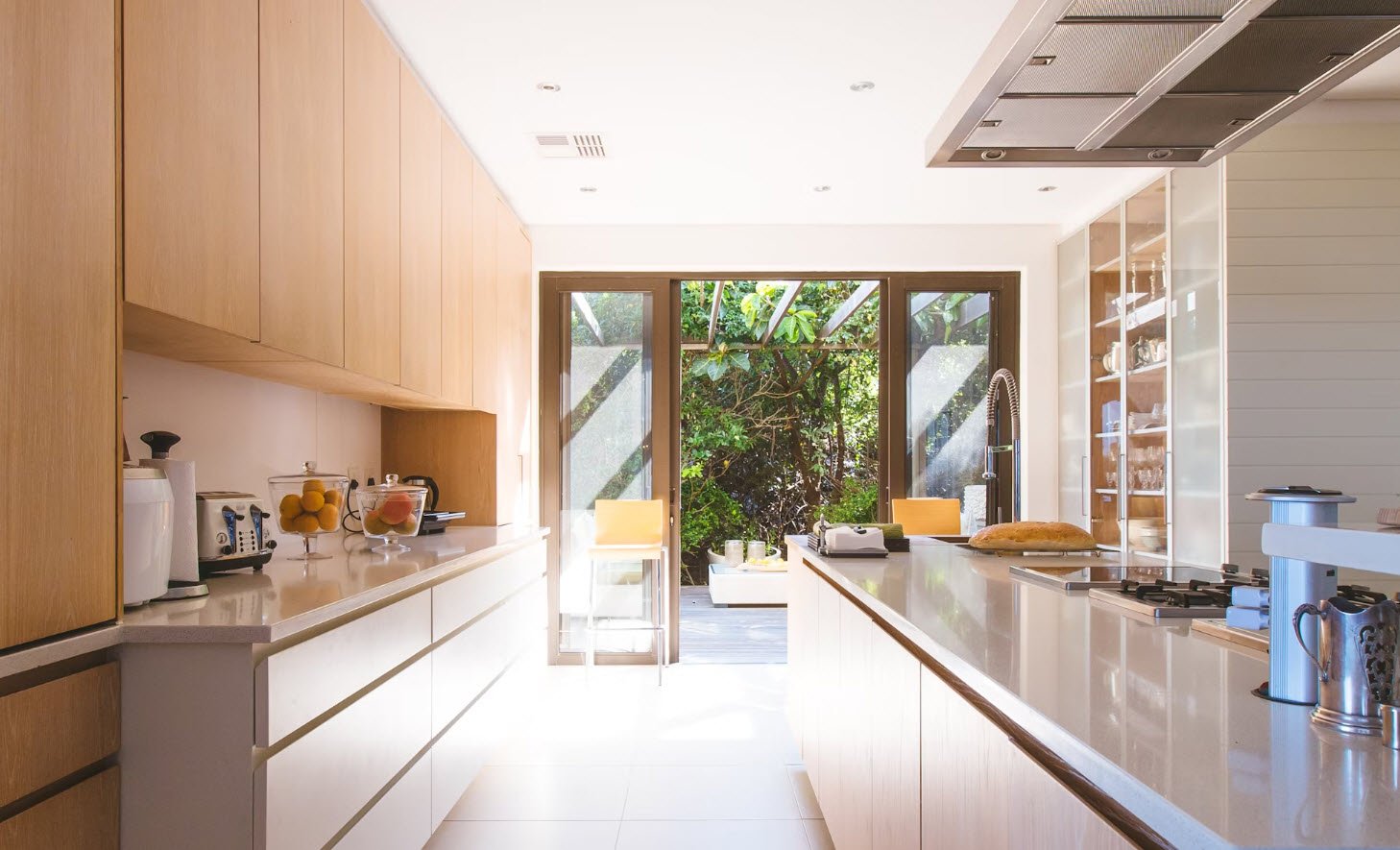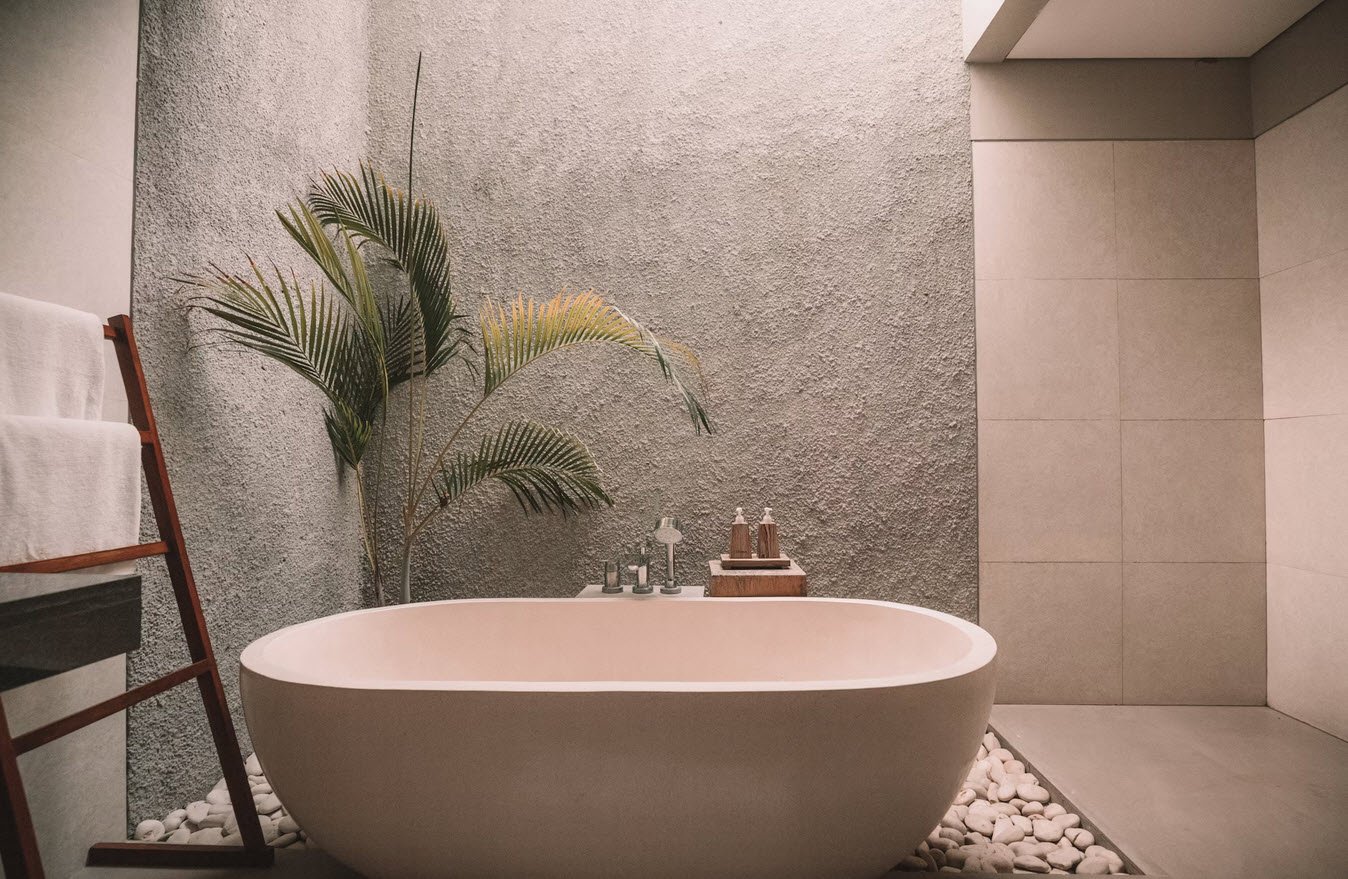
In today’s environmentally conscious world, making your home more energy-efficient not only contributes to a sustainable future but also brings tangible benefits to your wallet. Energy-efficient homes are not only eco-friendly but also cost-effective, as they reduce utility bills and contribute to a lower environmental impact.
In this article, we’ll explore five essential strategies to make your home more energy-efficient.
1. Insulation
Proper insulation is a cornerstone of energy efficiency in any home. Insulating your walls, roof, and floors helps regulate indoor temperatures, reducing the need for excessive heating or cooling. Consider upgrading or adding insulation in key areas to create a more energy-efficient thermal barrier. This not only enhances comfort but also lowers energy consumption.
2. Lighting
Switching to energy-efficient lighting options is a simple yet impactful way to reduce your home’s energy consumption. Replace traditional incandescent bulbs with LED or CFL (Compact Fluorescent Lamp) bulbs. These alternatives last longer, use less energy, and emit less heat. Additionally, consider installing motion sensors or smart lighting systems to ensure lights are only in use when needed.
3. Appliances
Updating your appliances to energy-efficient models is a smart investment in long-term energy savings. Look for appliances with the ENERGY STAR label, which indicates compliance with energy efficiency guidelines. ENERGY STAR-rated appliances consume less energy, reduce greenhouse gas emissions, and often qualify for rebates or incentives.
4. Windows and Doors
Windows and doors are key components affecting a home’s insulation and energy efficiency. Invest in double-glazed or low-emissivity (low-E) windows that provide better insulation and UV protection. Ensure that doors are properly sealed to prevent drafts. Consider installing energy-efficient window coverings like blinds or curtains to regulate indoor temperatures naturally.
5. Heating and Air
Optimizing your heating and air conditioning systems can significantly impact your home’s energy efficiency. Schedule regular maintenance to keep systems running smoothly, and replace air filters regularly to ensure optimal performance. Consider upgrading to a programmable thermostat that allows you to regulate temperatures based on your schedule, reducing unnecessary energy consumption.
Conclusion
Transforming your home into an energy-efficient haven is a journey that combines small adjustments with strategic upgrades. From insulation and lighting to appliances, windows, and heating and air systems, each element plays a role in creating a more sustainable and cost-effective living space.
Not only do energy-efficient homes contribute to environmental conservation, but they also provide long-term financial benefits through reduced utility bills and increased property value. By embracing these strategies, you not only enhance the comfort and functionality of your home but also contribute to a greener and more sustainable future.








